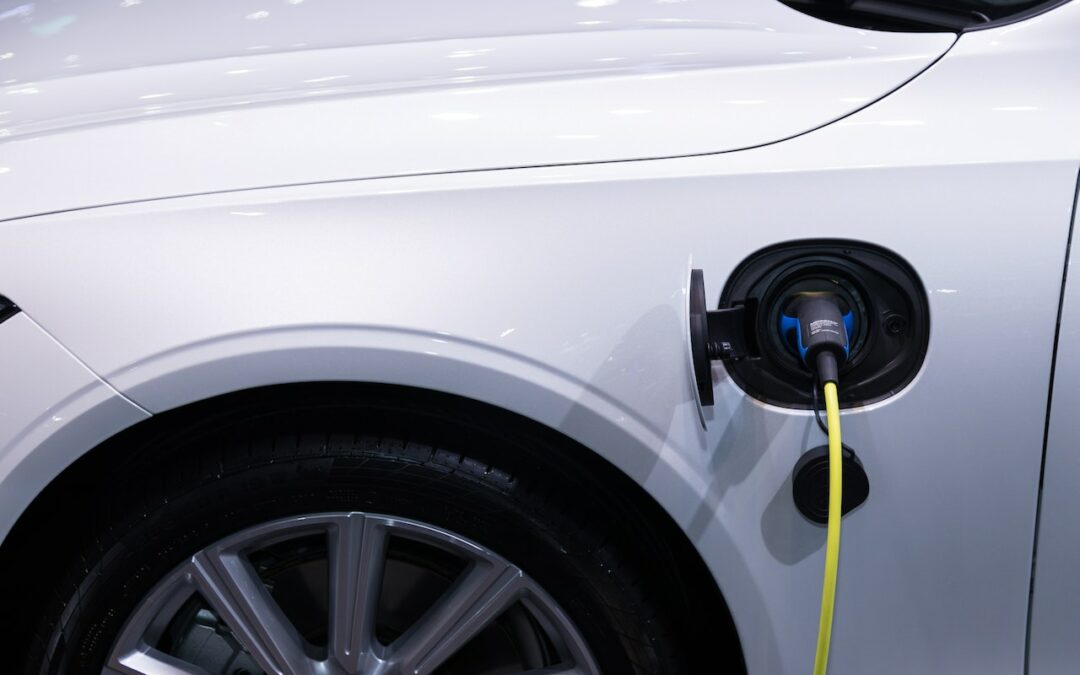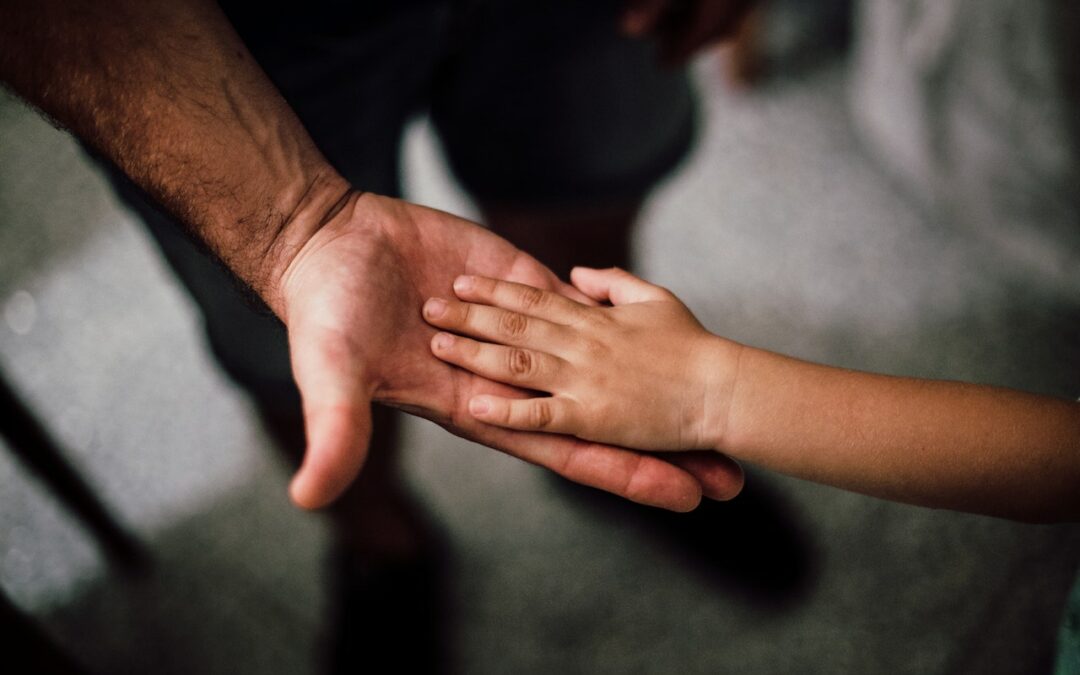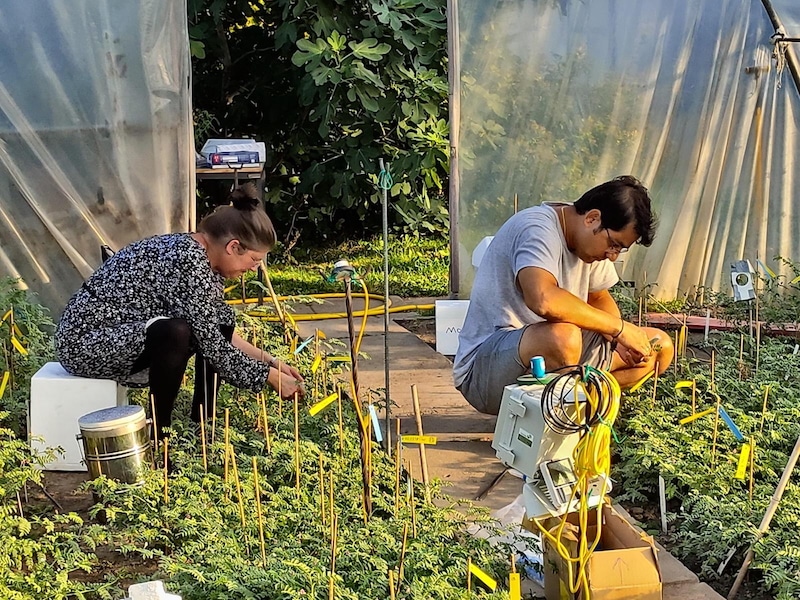
by Komoneed | Oct 23, 2024
In a new study, scientists detected the presence of 10 target per- and polyfluoroalkyl substances (PFAS), including compounds such as perfluorooctanoic acid (PFOA) and perfluorooctane sulfonate (PFOS), in samples of tap water from the UK and China as well as in bottled waters from 15 countries. The study, published in the journal ACS ES&T Water, […]
The post Scientists Detect PFAS in Bottled and Tap Water Around the World appeared first on EcoWatch.

by Komoneed | Oct 23, 2024
Pictures of the fully-electric Renault Scenic SUV

by Komoneed | Oct 23, 2024
This post was originally published on The Spin OffFilson opens its first Milan store and launches colab with...

by Komoneed | Oct 23, 2024
Our editors curate highly rated brands that are first assessed by our rigorous ratings system. Buying through our links may earn us a commission—supporting the work we do. Learn more. Kim Kardashian’s shapewear brand SKIMS is repeatedly commended for its status as an innovator and a leading global brand. But does that ring true […]
The post How Ethical Is Skims? appeared first on Good On You.

by Komoneed | Oct 22, 2024
A new study is highlighting chickpeas as a protein source for a potentially drought-stricken future brought on by climate change. The research, led by molecular biologist Wolfram Weckwerth from the University of Vienna, explored the benefits of 36 different chickpea genotypes as climate change impacts continue to threaten food security around the world. According to the […]
The post Chickpeas Could Become a Major Protein Source for Their Drought-Resistant Properties, Study Says appeared first on EcoWatch.





